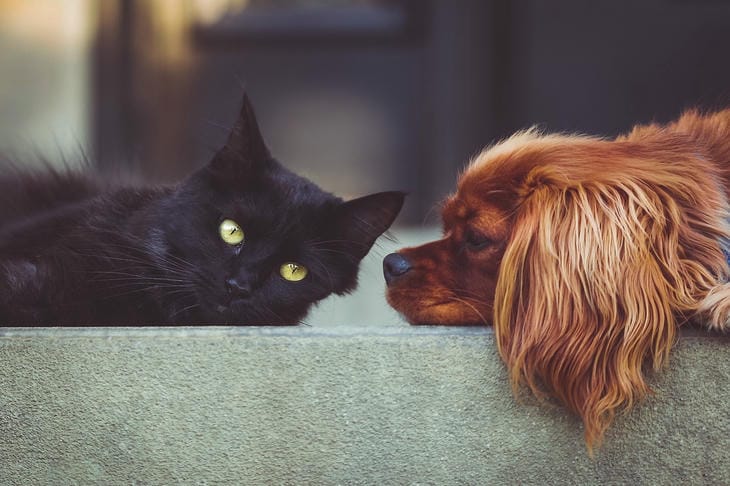Dogs and cats cannot tell us in words when they don't like something.
But a good owner will always notice signs of discontent in his pet.
Let's look at what signals animals give to express their dissatisfaction with food.
Cats
Change in appetite
If a cat suddenly refuses food that it used to eat with pleasure, this may be a signal that it does not like the new food. Some cats may even approach the bowl, sniff the food and leave, thereby showing their dislike.
Selective feeding
Sometimes your cat may choose certain pieces from the bowl while leaving others untouched. This may also indicate that she prefers some ingredients over others.

Behavioral changes
Your cat may become restless, meow more than usual, or become aggressive. These behavioral changes may indicate that your cat is experiencing discomfort due to the new diet.
Health problems
If your cat experiences digestive problems such as vomiting, diarrhea or constipation after changing food, this is a clear sign that the food is not suitable for her.
Dogs
Refusal to eat
Like cats, dogs may refuse new food if they don't like it. They may approach the bowl, sniff the food, and walk away.
Slow eating
If your dog starts eating slowly or leaves some of his food in his bowl, this could also be a sign of dissatisfaction.
Search for alternative power sources
When a dog doesn't like its food, it may start looking for food elsewhere, such as rummaging through the trash or trying to steal food from the table.
Changes in behavior
The dog may become less active, lose interest in games, or, conversely, become more nervous and aggressive. These behavioral changes may be due to dissatisfaction with the new diet.
What to do
If you notice signs of dissatisfaction with your pet's food, you should pay attention to the following points:
- Check the composition of the food. It may contain ingredients that cause allergies or intolerances in your pet.
- Try another brand. Different manufacturers use different recipes and production technologies, so changing the brand may solve the problem.
- Check the expiration date. Make sure the product is fresh and not expired.
- Consult your veterinarian. A specialist will help determine whether the selected products are suitable for your pet's health and will give recommendations on choosing a suitable diet.
Being attentive to your pet and responding promptly to its signals will help ensure its comfort and health.
Remember that your pet's well-being depends on proper nutrition. If you feel that the animal is unhappy with its food, do not ignore these signals.








